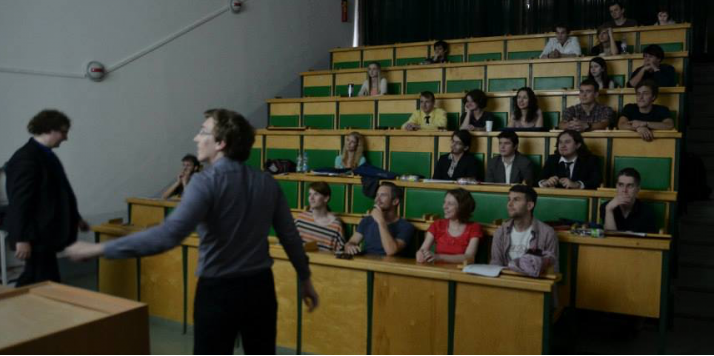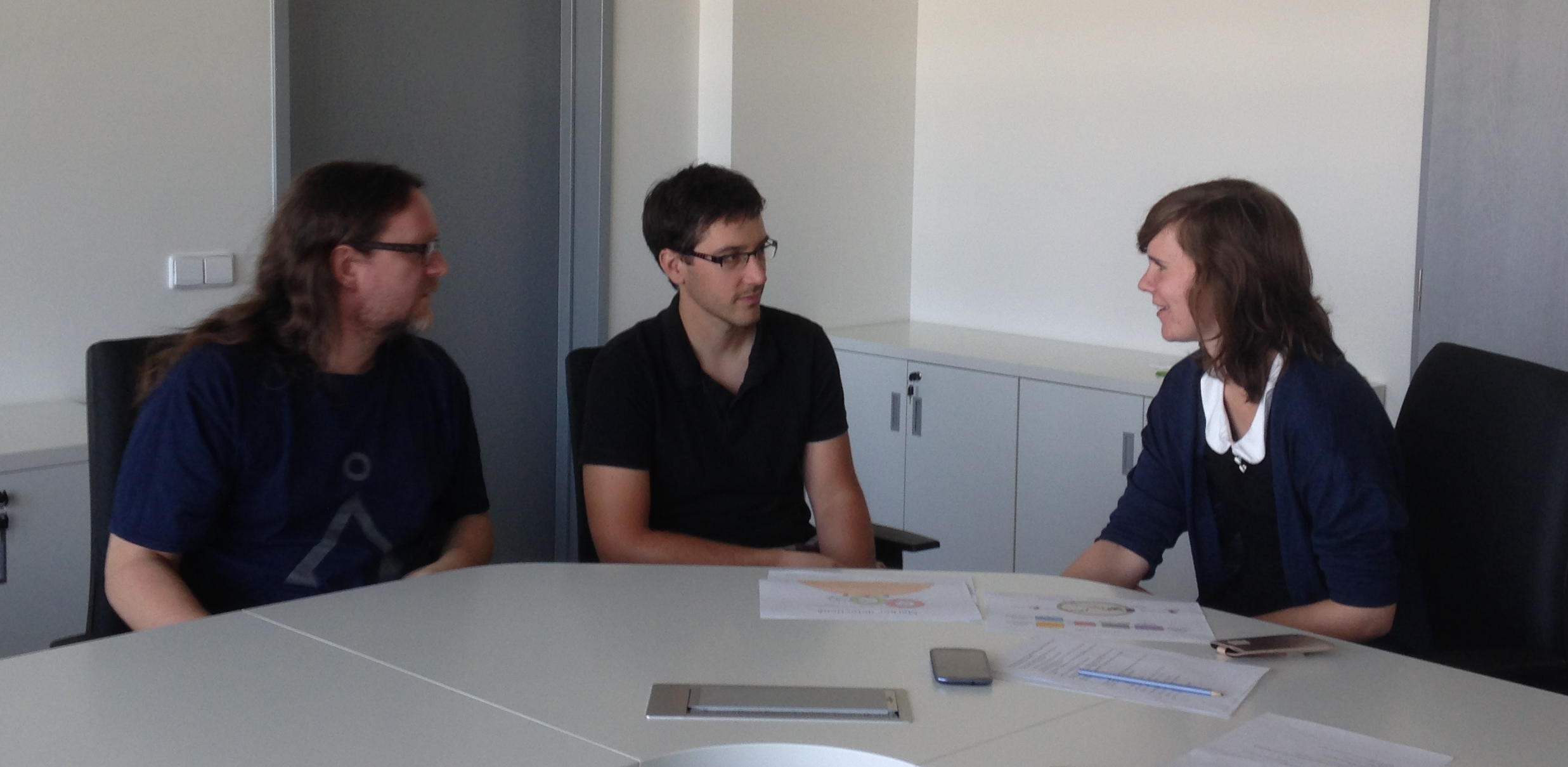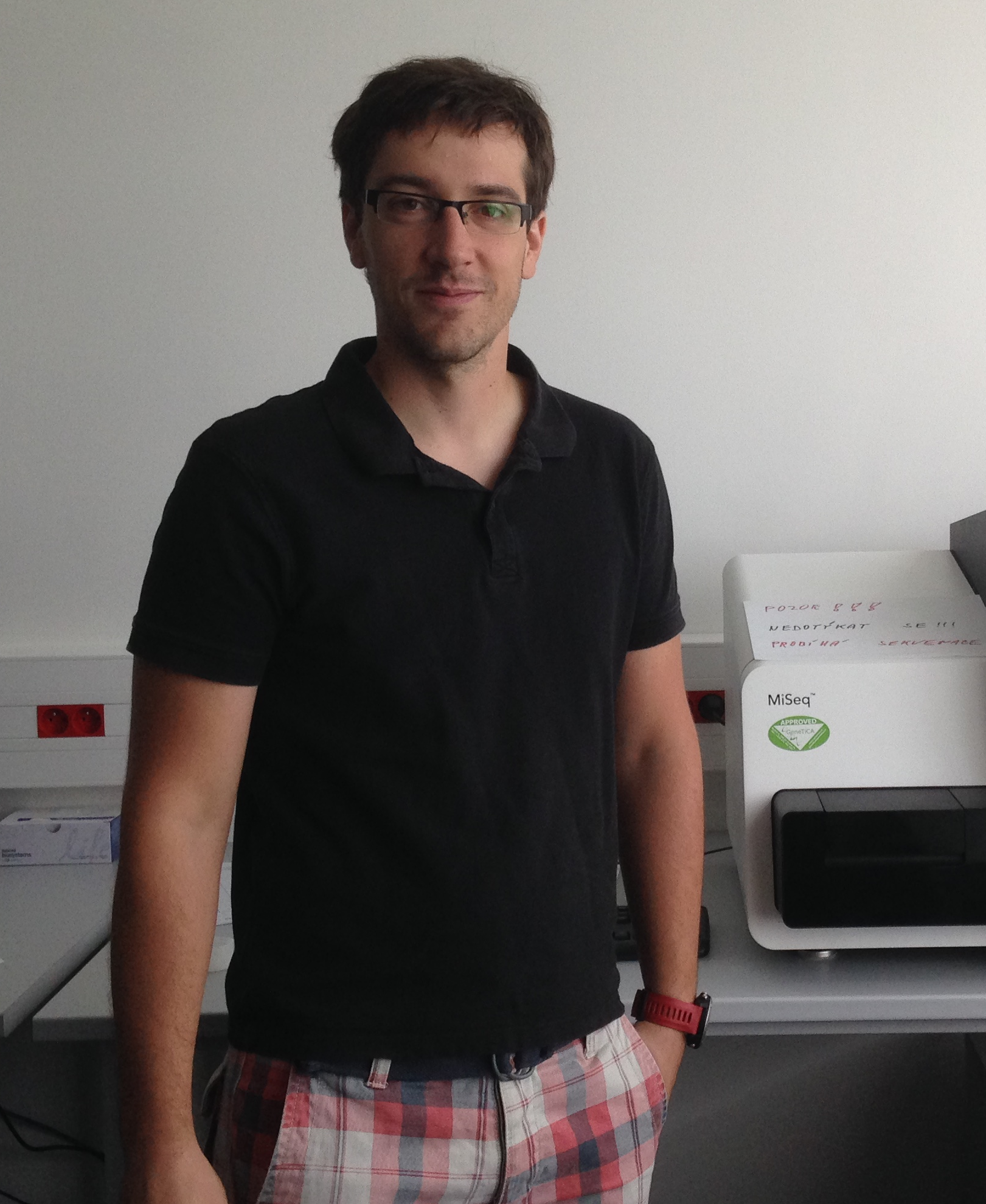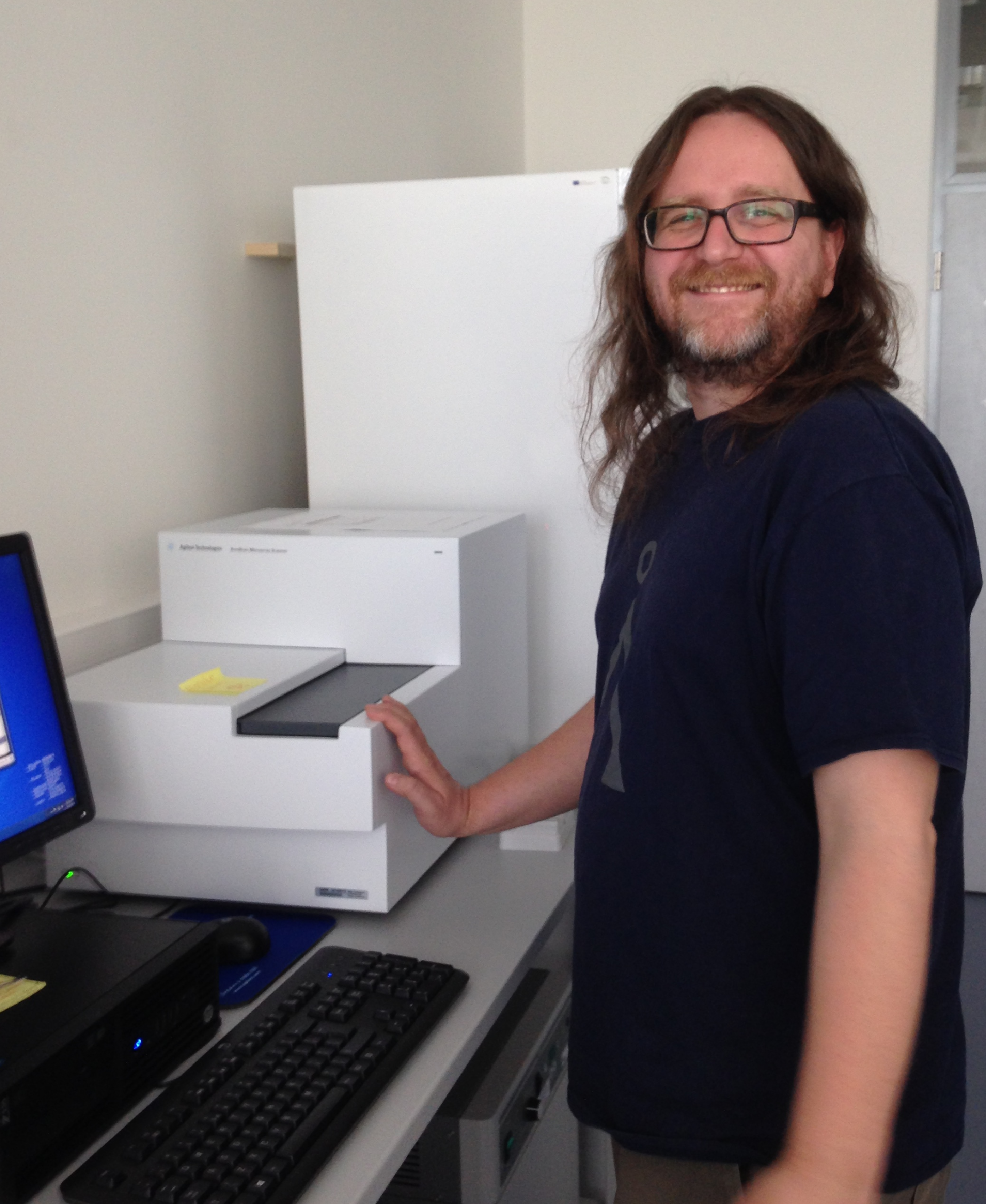Difference between revisions of "Team:Czech Republic/Practices"
(→Engineering) |
(→Medicine) |
||
| Line 24: | Line 24: | ||
'''Key outputs:''' | '''Key outputs:''' | ||
| − | '''A suggestion to use a color change instead of the agglutination as an indicator of CTCs' presence. We modified our experiments in module 2 and used GFP as indicator of successful communication between IODs. We are definitely going to extend the use of color indication in further research. | + | '''A suggestion to use a color change instead of the agglutination as an indicator of CTCs' presence. We modified our experiments in module 2 and used GFP as indicator of successful communication between IODs. We are definitely going to extend the use of color indication in the further research. |
''' | ''' | ||
| − | '''A | + | '''A recommendation to test the agglutination on a slide. We have the possibility to perform our experiments in microfluidics. We appreciated this advice and used microfluidics in many of our agglutination experiments. ''' |
[[Team:Czech_Republic/Practices/Interview | Read the interview...]] | [[Team:Czech_Republic/Practices/Interview | Read the interview...]] | ||
Revision as of 13:43, 17 September 2015
Human Practice
Contents
Outreach strategy
The IOD band presents a new approach to diagnostics and diagnostic engineering. So at Team Czech Republic we addressed engineers and medical experts to discuss the application and the novel engineering approach. In addition, Czech Republic teamed up with Chalmers Gothenburg to conduct a multinational survey on public conception of Synthetic Biology.
Engineering
 Since our project brings an innovative approach into engineering we wanted to obtain an opinion of young engineers. We had a great possibility to present our project and synthetic biology in general on a lecture Introduction into Cybernetics lead by Prof. Ing. Miloš Schlegel CSc. The response was very positive. Several students even showed deeper interest in synthetic biology and we provided them more information individually.
Since our project brings an innovative approach into engineering we wanted to obtain an opinion of young engineers. We had a great possibility to present our project and synthetic biology in general on a lecture Introduction into Cybernetics lead by Prof. Ing. Miloš Schlegel CSc. The response was very positive. Several students even showed deeper interest in synthetic biology and we provided them more information individually.
Key outputs:
Medicine
 In order to get a professional opinion on our project and to learn more about cancer and CTCs, we conducted an interview with two cancer specialists, Mgr. Pavel Pitule, Ph.D. and Mgr. Pavel Ostašov, Ph.D. The interview took place at the Biomedical Center of Faculty of Medicine in Pilsen. After introduction of our project idea we discussed some particularly interesting points. This interview was not only helpful and enriching but also led to an agreement to collaborate with the Laboratory of Tumor Biology in the near future.
In order to get a professional opinion on our project and to learn more about cancer and CTCs, we conducted an interview with two cancer specialists, Mgr. Pavel Pitule, Ph.D. and Mgr. Pavel Ostašov, Ph.D. The interview took place at the Biomedical Center of Faculty of Medicine in Pilsen. After introduction of our project idea we discussed some particularly interesting points. This interview was not only helpful and enriching but also led to an agreement to collaborate with the Laboratory of Tumor Biology in the near future.
Key outputs:
A suggestion to use a color change instead of the agglutination as an indicator of CTCs' presence. We modified our experiments in module 2 and used GFP as indicator of successful communication between IODs. We are definitely going to extend the use of color indication in the further research.
A recommendation to test the agglutination on a slide. We have the possibility to perform our experiments in microfluidics. We appreciated this advice and used microfluidics in many of our agglutination experiments.
Mgr. Pavel Pitule Ph.D.
Mgr. Pavel Pitule, Ph.D. is a junior researcher at the Biomedical Center at the Faculty of Medicine in Pilsen. He is the research group leader of Laboratory of Tumor Biology.
Multinational general public vs. biologists GMO survey
We were curios what is the general public opinion about GMO. Team Chalmers Gothenburg provided us their survey. Thanks to this collaboration we were able to compare GMO knowledge in Sweden and Czech Republic. Remarkable is also the comparison of two reference groups, biologists and general public. Big thanks belongs to team Chalmers Gothenburg for statistical evaluation of all data.
Key output
Safety

